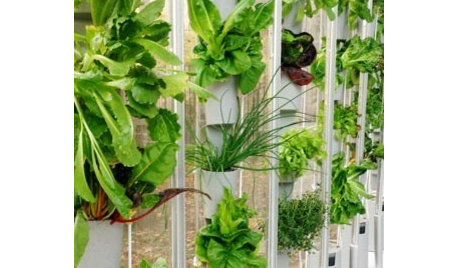Guide to Maintain a Hydroponic Nutrient Reservoir
marklucas
11 years ago
Related Stories

HEALTHY HOMEA Guide to Indoor Air Purifiers
Get the lowdown on air filtration systems for your house and the important ratings to look out for
Full Story
PRODUCT PICKSGuest Picks: High-Tech Plant Helpers
Hydroponics, monitoring systems, even an electric pollinator ... these gadgets and services keep your greenery growing strong
Full Story
GARDENING FOR BUTTERFLIES3 Ways Native Plants Make Gardening So Much Better
You probably know about the lower maintenance. But native plants' other benefits go far beyond a little less watering and weeding
Full Story
HOUSEPLANTS8 Essentials for Healthy Indoor Plants
Houseplants add so much to our homes — and can thrive when grown in the right conditions. Keep these tips in mind
Full Story
HOUSEPLANTSHow to Add a Living Wall
Learn how to choose systems and plants, and what it will cost to bring a bit of the outdoors in or green up a garden wall
Full StoryMore Discussions







grizzman
ethnobotany
Related Professionals
Maple Valley Landscape Architects & Landscape Designers · West Milford Landscape Architects & Landscape Designers · Ashburn Landscape Architects & Landscape Designers · Fillmore Landscape Architects & Landscape Designers · Montgomeryville Landscape Architects & Landscape Designers · Towson Landscape Architects & Landscape Designers · Goodyear Landscape Contractors · Bound Brook Landscape Contractors · East Chicago Landscape Contractors · Galveston Landscape Contractors · Monterey Landscape Contractors · Seminole Landscape Contractors · Shirley Landscape Contractors · Westford Landscape Contractors · Norridge Landscape Contractorscarb
leafericson
sdgrower
grizzman
Hawaiian-Hydro